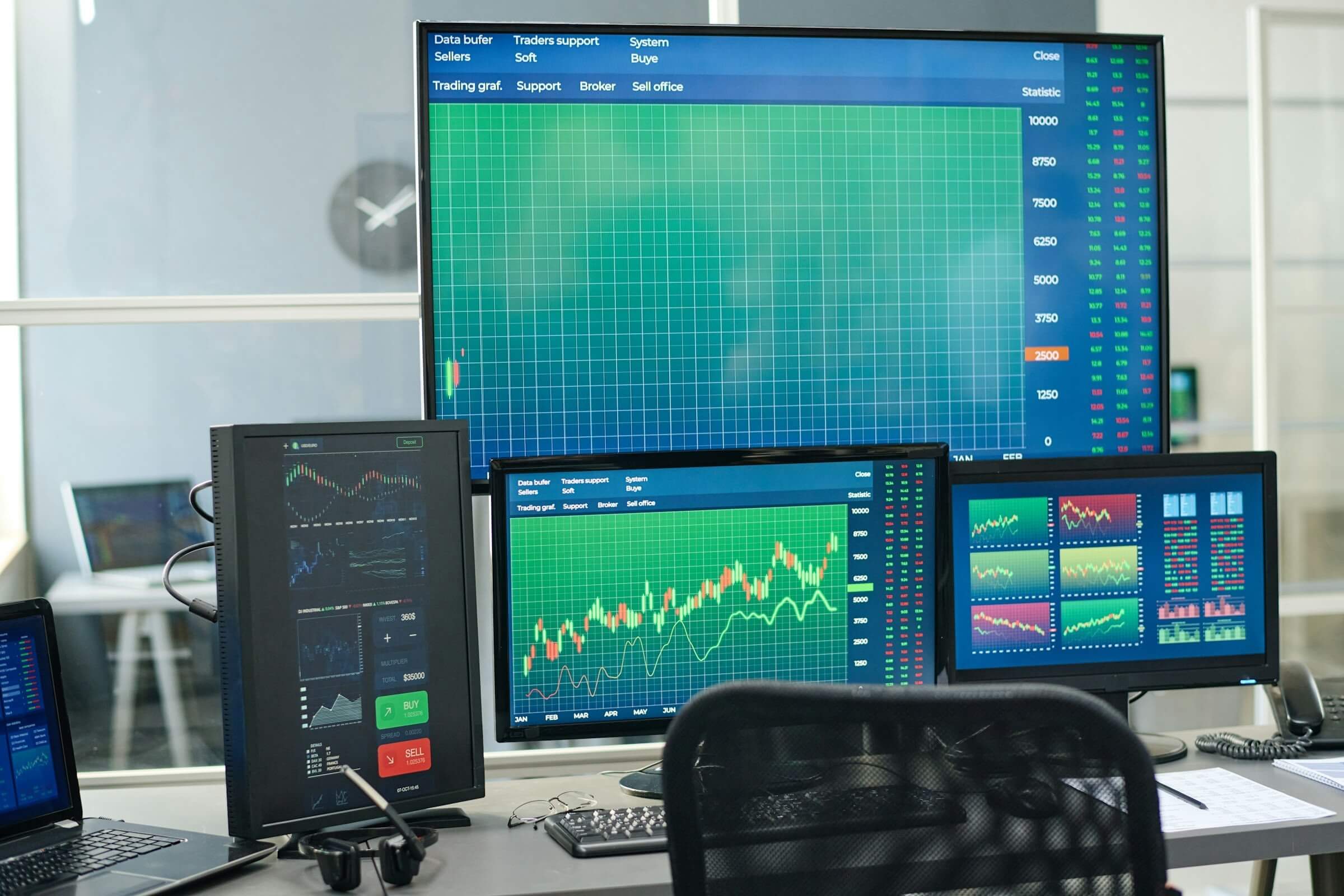The Evolution of Platform Trading: From Desktop to Mobile

Technology has transformed how individuals access and participate in financial markets. One of the most significant changes over the past two decades has been the evolution of platform trading — moving from desktop-based software to highly capable mobile applications.
Today, traders expect seamless access to markets from any device. Understanding how this shift has taken place highlights the increasing role of flexibility and user experience in modern trading.
Table of Contents
The Early Days of Platform Trading
In the early 2000s, trading platforms were predominantly desktop-based. These platforms were downloadable applications designed for personal computers. They provided traders with access to market data, order execution, and analysis tools.
While desktop platforms were a significant step forward compared to manual trading or phone-based orders, they had clear limitations. Trading was tied to a specific machine, requiring traders to remain at their desks. Remote access was difficult, and platform updates often required manual installation.
Despite these drawbacks, desktop platforms offered powerful features such as customizable charting, advanced order types, and integrations with automated trading systems.
The Rise of Web-Based Platforms
As internet connectivity improved, web-based trading platforms began to emerge. These platforms allowed traders to access their accounts through a web browser, eliminating the need for dedicated software installations.
Web platforms introduced greater flexibility. Traders could monitor their positions and execute trades from any internet-connected device. While early web platforms sometimes lacked the performance of their desktop counterparts, continuous improvements in web technologies closed this gap over time.
Web-based platforms also simplified updates and maintenance. Since the platform ran on the broker’s servers, new features and fixes became instantly available to all users.
The Mobile Revolution
The most dramatic shift in platform trading has occurred with the rise of mobile technology. The widespread adoption of smartphones and tablets has led to the development of sophisticated mobile trading apps.
Modern mobile trading apps offer many of the same capabilities as desktop and web platforms:
- Real-time price quotes
- Interactive charting with technical indicators
- Full order execution capabilities
- Account management and transaction history
- Push notifications for price alerts and market news
These apps allow traders to stay connected to the market at all times, responding to events as they happen. This level of accessibility has reshaped trading habits, particularly for retail traders who value flexibility.
Opening and Managing Accounts Across Devices
The evolution of trading platforms has also changed how traders manage their accounts. Today, opening a forex broker account can typically be done entirely online, often through a mobile app.
Once the account is open, traders can fund their accounts, monitor balances, and manage positions from any device. Synchronization across desktop, web, and mobile platforms ensures a consistent experience, regardless of where the trader logs in.
The Role of Mobile Apps in Forex Trading
Mobile apps have become an essential component of forex trading. Many traders now expect to have full market access on their smartphones, without sacrificing functionality.
Choosing the best forex trading app depends on several factors:
- Speed and reliability of order execution
- Availability of technical analysis tools
- Ease of use and intuitive interface
- Security features, such as two-factor authentication
- Integration with other platforms for cross-device consistency
Top-tier apps now support multi-asset trading, allowing users to trade forex, commodities, indices, and even cryptocurrencies from a single mobile interface.
The Future of Platform Trading
Looking ahead, several trends are likely to shape the continued evolution of trading platforms:
- Cross-platform synchronization: Traders expect seamless transitions between desktop, web, and mobile devices.
- Cloud-based features: Cloud integration allows for the storage of settings, templates, and trading profiles.
- AI-driven tools: Machine learning and artificial intelligence may enhance market analysis and decision support.
- User experience enhancements: Simplified interfaces and personalized features will continue to improve usability.
As mobile devices become more powerful, the gap between mobile and desktop trading capabilities will continue to narrow.
Conclusion
The evolution of platform trading from desktop to mobile reflects broader technological trends and changing trader expectations. Today’s traders demand flexibility, speed, and ease of access — whether they are at home, at work, or on the move.
By opening a forex broker account and selecting the best forex trading app for their needs, traders can participate in global markets with unprecedented convenience. The continued development of trading platforms will only strengthen this trend, making financial markets more accessible to a wider audience.